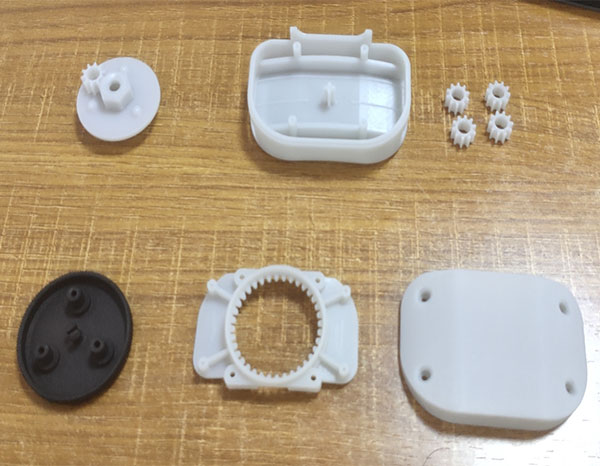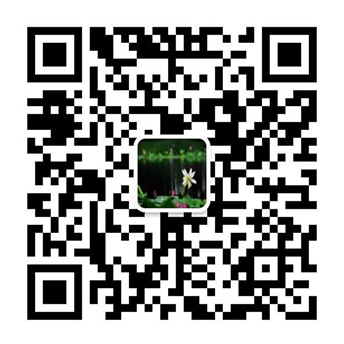At present, there are generally insufficient product innovations in industrial design in our country. More design units focus on product design and lack a comprehensive grasp of product life cycle management in the Internet era. Hardware interaction design and software interaction design change from "product experience" to " The transformation of user experience is slower. The number of industrial design talents cultivated by colleges and universities each year is extremely large, but there are few talents that truly meet the needs of the market. The level of talent training among different universities is blurred, and it is difficult to meet the multi-level talent needs of the market. The training of industrial design talents in colleges and universities should closely follow the wave of the third industrial revolution, and cultivate industrial design talents who are market-oriented, have innovative thinking and engineering technology application capabilities, and have design overall management capabilities.
It is necessary to introduce innovative design ideas into the traditional industrial design education system. The process of industrial design actually gives a form of expression to technology and culture. In addition to knowledge of art design and mechanical design, design students need to understand nature, humanities, Cultural knowledge such as society and history requires understanding of new technologies, new methods, and new processes. Co-creation and sharing of design resources, network collaborative design, visual design and virtual reality, and 3D printing will become new ways of innovative design.
At this stage, the application of innovative design tools such as reverse engineering and 3D printing in universities is mainly reflected in three levels:
(1) Teaching: Universities can apply reverse engineering and 3D printing as innovative elements of industrial design in daily teaching;
(2) Combination of production and education: the application of technology has strengthened the ability of universities and enterprises to connect, and market projects have been introduced into university teaching while serving enterprises;
(3) Scientific research: The improvement of professional equipment has strengthened teachers' scientific research ability and provided strong technical and hardware support for scientific research.
1. Reverse design
Reverse design is to obtain three-dimensional spatial data by scanning the product with a three-dimensional scanner, and redesign the collected three-dimensional digital model through reverse design software and industrial design modeling software to realize the modeling process from physical objects to three-dimensional data. The realization of reverse engineering improves the efficiency of product modification or imitation design, original product data restoration, and digital model detection.

2. Free 3D visualization design
Improving the traditional positive expressive ability is the direction of the development of innovative design. With the help of 3D visualization free design system, the perceptual expression of creativity in product design can be realized. Free design software represented by Freeform uses a tactile pen to integrate vision and touch to complete model construction. Freeform simulates the sense of touch and interacts with virtual objects, filling in the detailed design that is difficult to complete quickly in traditional CAD design, so that the design is no longer restricted by traditional 3D design software tools.
3. Ergonomics
The introduction of human-computer interaction equipment into industrial products is a new direction of innovative design and development. Human-computer interaction equipment includes: eye trackers, brain trackers, behavior analyzers, physiological supervision recorders, facial expression analysis systems, etc. Apply high-tech analysis equipment to realize the conversion of qualitative analysis of user experience to quantitative analysis.
4. Virtual Simulation
Virtual testing is to apply the principle of numerical simulation to set up the working environment for the three-dimensional model of the physical product, and use the computer to simulate the operation of the product in the actual environment. At present, numerical simulation is widely used in the engineering field. The use of software such as ANSYS and CFD can realize virtual testing of most engineering projects and complex products. The application of numerical simulation to the development of industrial product design is also a new direction of industrial design innovation and development. Take the car body design as an example. The streamlined shape of the car body has a great influence on the air resistance when the car is running at high speed. After the car body concept design is completed, the introduction of virtual tests represented by CAE can predict the air resistance in the design stage and explore the best Good streamlined body, thereby improving design and improving design efficiency.
5. 3D printing
3D printing has the characteristics of generating high-complexity products, easy to modify, rapid production, and efficient personalized customization. It has broad application prospects in the process of industrial design, structural design, and prototype manufacturing. The introduction of 3D printing technology has become a new trend in the development of industrial design.

Value
1. In the design stage: using digital solutions such as reverse design, free design, virtual simulation, etc., the design is easier to complete and the design result is more perfect;
2. In the creative realization stage: 3D printers can quickly present conceptual models, materialize ideas, give designers and communication partners intuitive sensory feedback, and facilitate teachers and students to efficiently perform appearance display, perceptual feedback, and model verification, which greatly reduces creativity The time cost and expense of design stimulate students' creative potential
3. In the structural design stage: the use of 3D printing to produce product parts can quickly perform assembly verification and functional testing on the product to determine the product structure.
4. In the mold forming stage: 3D printing replaces the traditional manufacturing process of using CAD/CAM for mold prototypes. Teachers and students can quickly and economically produce high-precision prototypes for silicone mold reversal or direct precision casting.
5. Small batch manufacturing: When industrial design products are trial-produced in small batches, or when customized to customers, the required parts can be directly 3D printed as the final product.
3D scanners can be used by different types of colleges and departments
Modern Manufacturing Technology Department·Art Design and Fine Arts Department·Costume Design and Production Department·Mechanical Basic Laboratory·Automobile Design and Technology Department·Computer Multimedia and Animation Game Design·Medical Plastic Surgery and Nursing Department·History Archaeological Research on Cultural Relics

 0755-86131192
0755-86131192



 0755-86131192
0755-86131192